Rome’s towers are a reminder that building higher has always appealed to the rich and powerful, writes Eleanor Jolliffe

In the mid eleventh century the elite families of Rome began to build towers. At its height the city’s skyline was so crowded that a thirteenth century English pilgrim compared it to a wheat field - the towers as numerous as stalks of grain.
Scholars aren’t sure how many there were - records for the middle ages are scarce and many of the towers have been shortened, rebuilt or entirely destroyed in the intervening centuries. But of the between three and nine hundred towers that once stood in Rome around forty five still stand today - in varying degrees of completeness.
They were first built as part of the fortified residential compounds of the city’s elite, protecting their wealth and influence in the febrile sociopolitical climate of eleventh century Rome. Rome was fraught with struggles, both internally between families, and externally through the competing attention of the Holy Roman Empire to the north, and the Norman held lands to the south - all powers competing to control the papacy, and the Roman Catholic Church.
Over their history towers worked as strongholds, platforms for urban warfare and, crucially, as markers of status. Popes were imprisoned in them by rival nobles; families sought shelter in them from their enemies; people threw stones and boiling water from them as part of local conflict, and one enterprising aristocrat even built one of the edge of Pont Sant’Angelo, a bridge he didn’t own, and extracted a toll from all who crossed. This action caused him to get a (commuted) death sentence, and for the tower to be demolished.
Towers became so socially potent that the Deeds of Innocent III recounts a violent civil war that arose, simply because someone had started to build themselves a tower. Towers were built, re-built, adapted, demolished, destroyed- by man or by earthquake. Eventually they were replaced by the palazzos, but the few remnants across the city testify to a vibrant and violent part of Rome’s history caught between the allure of its classical civilisation and the glamour of its renaissance.
The towers faded out of fashion when they became so numerous that their symbolism became all but worthless. The Pope(s), who had spent much of the fourteenth century in Avignon unable to cope with Roman conflict, returned to Rome, determined to regain control of the city. The elite they bought with them was new - Cardinal princes of the Church, foreign nobles, and bankers from Northern Italy.
A new elite, a new era of Papal control, a new way of exercising political power- and a new architectural symbol. The palazzo, with its ordered Renaissance facade, began to appear across Rome. This was an architecture that concealed military and political might behind a facade of beauty, drawing legitimacy from allusions to classical Rome, and derived from the humanist thinking coming out of the nascent Italian Renaissance.
In their heyday the towers were the architectural symbol of power, representing a militarised elite. They were replaced by an architectural symbol of power indicating an alliance with the newly fashionable humanist thinking. However, both tower and palazzo were expensive and expressive, difficult and costly to build. Neither is subtle.
I came to Rome three months ago to learn about the towers and their impact on the city. I’ve discovered buildings that inspired writers from Dante to Nathaniel Hawthorne; that proliferate across medieval and renaissance paintings and frescos; and that shaped the Rome we walk around today. All essentially hidden in plain site.
They became a symbol of social mobility, of rising social standing in a medieval elite who prized and codified militaristic displays of violence. But can they teach us anything about our use of height today? That was the question that, as an architect who builds modern towers, I had hoped to answer.
The future is not clear but the towers of Rome testify to the pointlessness of building mostly for symbolic value
Twenty first century towers are also expensive, and just as much an expression of wealth and power. Our towers are commercial - offices and banks, and residential, sometimes social or intermediate housing, but most usually luxury flats. The demonstration of wealth and power is the same as the medieval Roman elites but the symbol is different. In the twenty first century a tower still symbolises power, though it is no longer the militaristic status of medieval Rome but the commercial might of international finance.
Rome reached peak tower though. The symbol became meaningless and moved on. Have we reached peak tower today? If we have got to the point where I can afford to live in one (just… I’m not enjoying the current inflation!) has the tower lost its ability to awe? And if so, where might the next architectural symbol of power come from?
We are cutting global investment in the arts and humanities so anything approaching the intellectual renaissance of fourteenth century Italy and a new Renaissance in architectural theory and styles seems unlikely. We do invest in fantasy and virtual reality though - are absurd architectural fantasies such as Saudi Arabia’s ‘The Line’ the next symbol of power?
Or will we stick with the deification of high land values, using low density as an expression of such wealth that acres of expensive cityscape can be controlled by a single entity. Is Google’s ‘landscraper’ at Kings Cross the beginning of this?
The future is not clear but the towers of Rome testify to the pointlessness of building mostly for symbolic value. Their last fragments are all but entirely absorbed into the modern city. They are now little more than isolated architectural curiosities of a past society we barely remember.


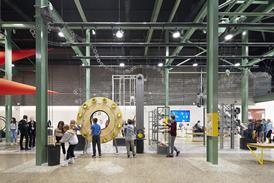

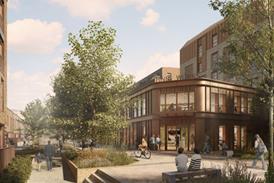




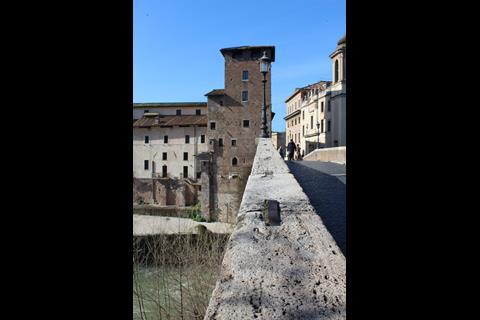

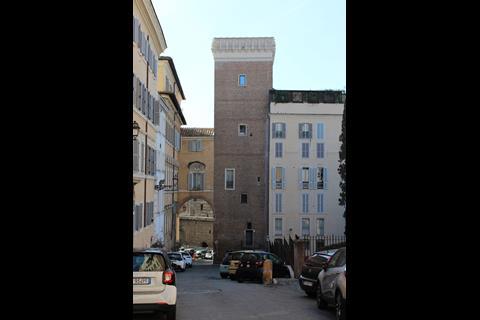
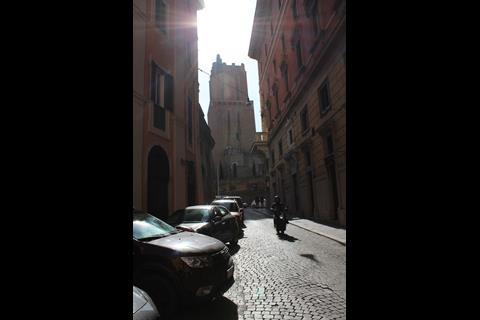
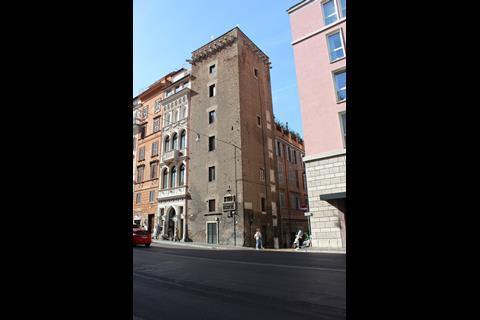








1 Readers' comment